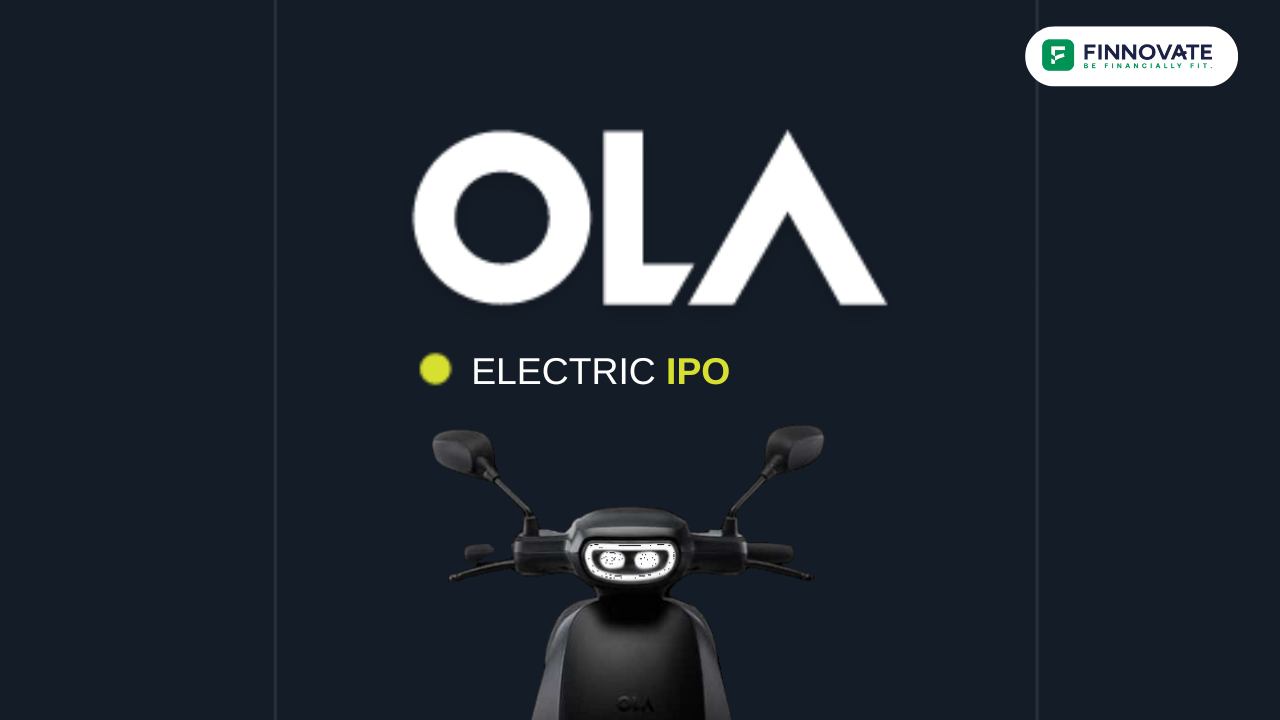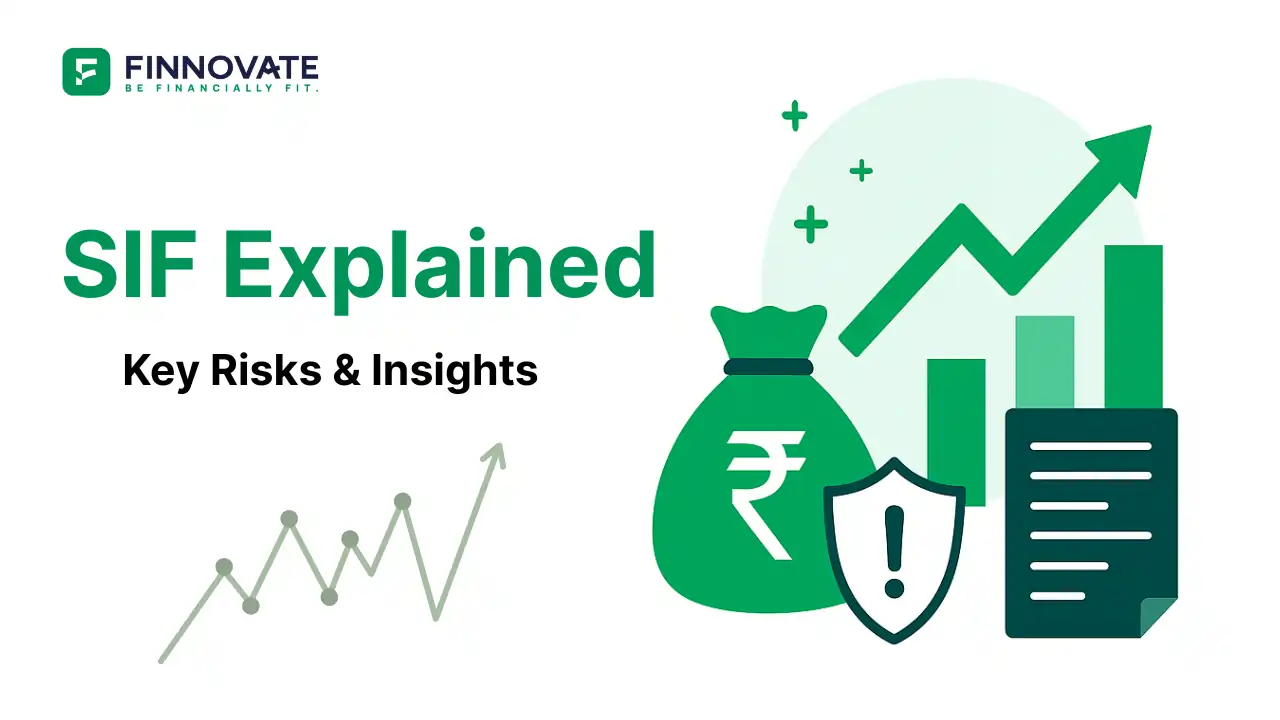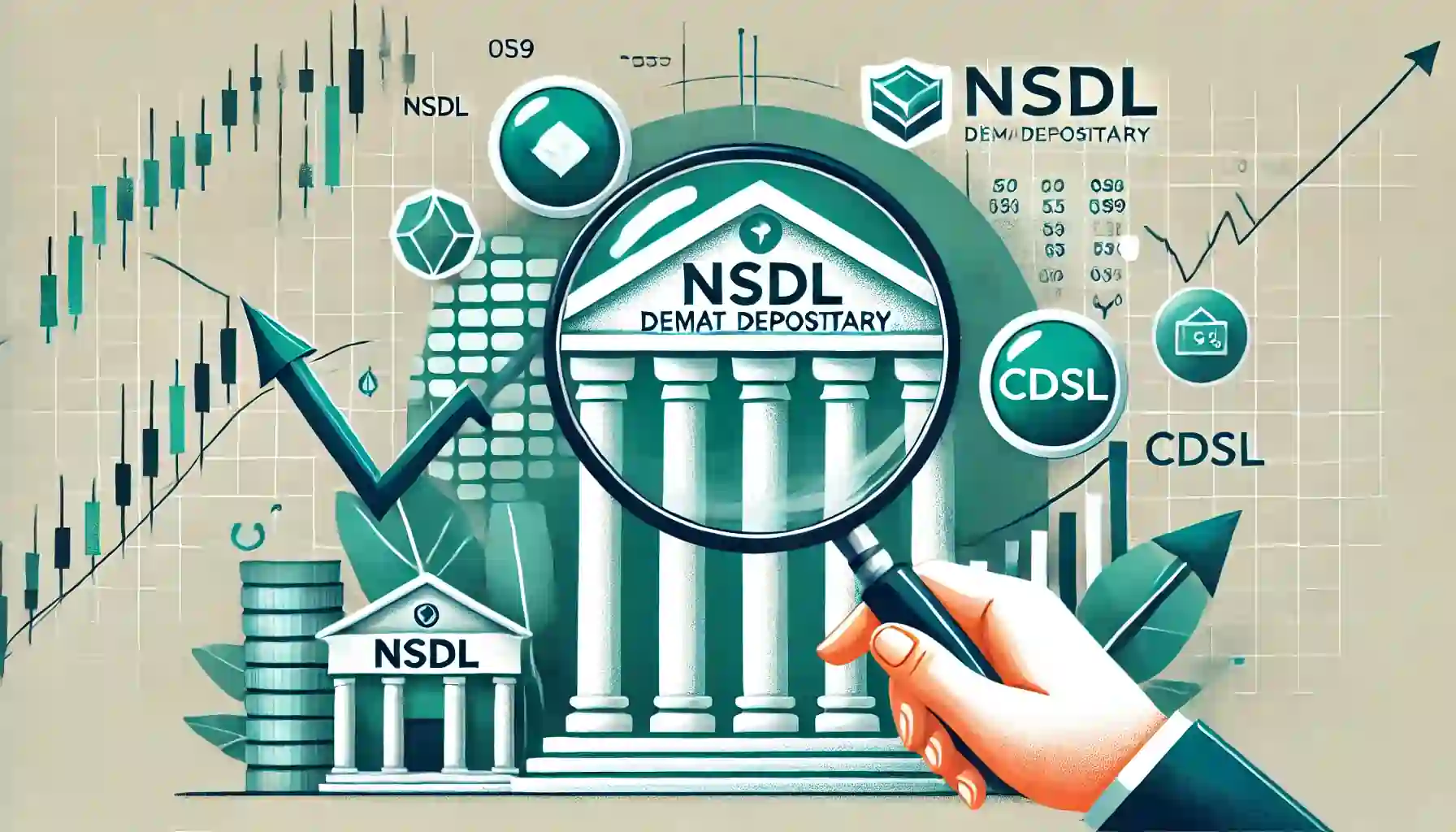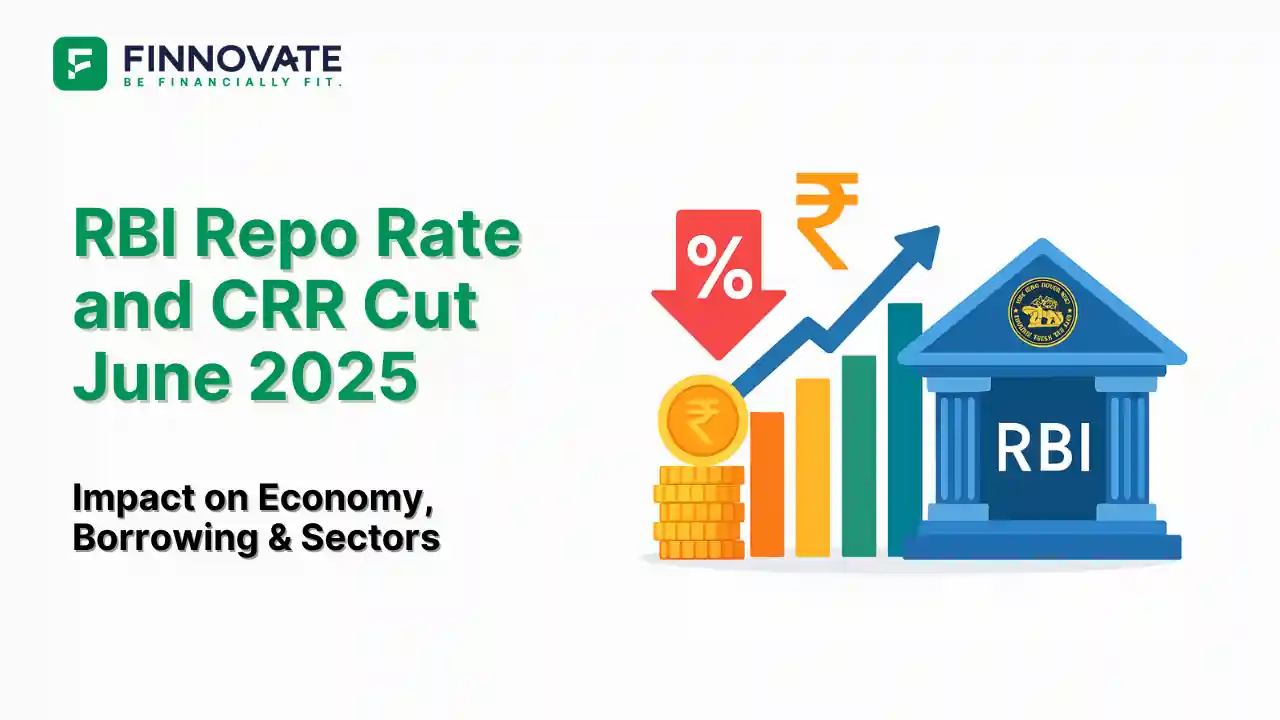What to Know About Ola Electric IPO Launch 2024?

By

Ola Electric is a pure electric vehicle (EV) player in India building vertically integrated technology and manufacturing capabilities for EVs and EV components including cells. They manufacture EVs and certain core EV components like battery packs, motors, and vehicle frames at the Ola Future factory. Their business focuses on capturing the opportunity arising from the electrification of vehicles in India and also seeks to export their EVs to select international markets in the future. The EV sector being a sunrise industry has the potential for exponential growth.
The Company was incorporated as ‘Ola Electric Mobility Private Limited’ at Bengaluru, Karnataka on February 3, 2017. The company was promoted by Bhavish Aggarwal. Currently, the Promoter holds 1,361,875,240 Equity Shares in the company representing 36.94% of the issued.
Market Share in 2W EV: 49%
Total Units Sold: 506,817 (Ola S1, Ola S1 Pro, Ola S1 Air, and Ola S1 X+ from inception through March 31, 2024)
Product Announcements: Seven products since August 2021. Announced a line-up of motorcycles (Diamondhead, Adventure, Roadster, and Cruiser) on August 15, 2023 with deliveries expected in the first half of Fiscal 2026.
Upcoming Launch: Event on August 15, 2024.
Ola Electric operates a direct-to-customer (D2C) omnichannel distribution network across India comprising:
Became the best-selling E2W brand in India within 9 months of delivering their first EV scooter in December 2021 based on monthly E2W registrations on the VAHAN Portal of the Ministry of Road Transport and Highways (VAHAN).
R&D Locations: India, the United Kingdom (UK), and the United States (US) focused on designing and developing new EV products and core EV components.
EV Hub: In the process of building an EV hub in Krishnagiri and Dharmapuri districts in Tamil Nadu, India which includes the Ola Futurefactory, upcoming Ola Gigafactory, and co-located suppliers.
Battery Innovation Centre (BIC): Located in Bengaluru, India focused on developing cell and battery technology and manufacturing processes for forthcoming cell manufacturing at the Ola Gigafactory.
Aggregate Amount: Up to Rs. 5500 Cr
Purpose: The funds from the fresh issue will primarily be used for capital expansion and research and development initiatives.
Equity Shares: Up to 84,941,997 Leads up to ?646 Crore
Purpose: The offer for sale will provide an exit opportunity for existing shareholders and enhance liquidity in the stock market.
Date: August 2 - August 6, 2024
Total Issue Size: Rs. 6112 – 6146 Cr
Price Band: Rs. 72 - 76 per share
Post Issue Implied Market Cap: Rs. 32048 – 33522 Cr
| Particulars | Amount (Rs. Cr) |
|---|---|
| Capital expenditure to be incurred by the subsidiary OCT for the Project | 1227.64 |
| Repayment or pre-payment in full or part of the indebtedness incurred by the Subsidiary OET | 800 |
| Investment into research and product development | 1600.00 |
| Expenditure to be incurred for organic growth initiatives | 350 |
| Other | 1522.36 |
| Total | 5500.00 |
Bhavish Aggarwal
Founder, Chairman, Managing Director, and Promoter: Bhavish Aggarwal is the driving force behind Ola Electric and ANI Technologies Pvt Ltd (Ola Cabs).
Foundation and Growth: Founded Ola Cabs in 2010 at the age of 25. Known for his expertise in rapidly scaling and expanding businesses.
Role: Currently serves as Chairman and Managing Director of Ola Electrical.
Innovative and Visionary: Bhavish is recognized for his innovative approach and vision across various Tech Businesses
Scaling Businesses: Demonstrated ability to scale businesses quickly as seen with the rapid growth of Ola Cabs and Ola Electric.
Financial Performance and Issues:
Profitability Concerns: Despite his strengths, Bhavish has struggled to convert businesses from loss-making to profitable ventures. This is evident across multiple subsidiaries:
Diversification and Focus: Bhavish is known for his eagerness to explore new business opportunities. However, this has led to challenges as he often enters new ventures quickly without ensuring existing businesses achieve profitability. This pattern indicates a tendency to become bored too fast leading to a lack of sustained focus on individual ventures.
In conclusion, while Bhavish Aggarwal is a smart and visionary leader with a proven track record of scaling businesses, his ventures have consistently struggled with profitability. His inclination to diversify rapidly may be contributing to these financial challenges.
Rapid Adoption: The penetration of electric two-wheelers (E2Ws) in India has grown significantly, increasing over 6x between FY 2021 and FY 2022 and over 2x between FY 2022 and FY 2023 reaching a penetration level of ~4.5%
Market Reach: E2Ws are not only popular in metro cities but have also penetrated non-metro areas like Kolhapur (23%) and Surat (15%).
Cost Savings: E2Ws offer a 45% lower total cost of ownership (TCO) compared to internal combustion engine (ICE) vehicles mainly due to significantly lower fuel costs (roughly 1/10th of ICE) and reduced maintenance expenses.
Stable Energy Prices: Unlike the fluctuating prices of petrol and diesel, electricity prices in India are stable and generally lower than inflation due to surplus power generation capacity (417 GW compared to peak demand of 221 GW in FY 2023).
Significant Decline: Battery pack prices have decreased by approximately 88% from US$ 1183/kWh in CY 2010 to US$ 139/kWh in CY 2023 driven by cheaper raw materials, innovations in cell chemistry, and increased energy density.
Future Projections: A further 43% reduction in global battery pack prices is expected over the next 7-8 years.
Convenience: Unlike ICE vehicles that require refueling at stations, E2Ws can be charged at home reducing energy loss, refueling costs, and offering greater convenience. A single charge provides a range of 70-115 km which is ample for daily use.
Democratized Market: The E2W market is more open compared to the traditional ICE 2W market with easier product assembly, availability of off-the-shelf components, and regulatory support encouraging new entrants.
Rapid Diversification: E2W OEMs can scale faster and develop new models more easily than traditional ICE OEMs thanks to the modular nature of EV components like batteries and motors.
Broad Appeal: E2Ws are becoming popular across industries for last-mile and hyperlocal deliveries (e.g., food and grocery delivery, couriers, at-home services) and ride-hailing services due to their better economics and lower carbon footprint.
Customized Products: E2W OEMs are designing specific products for B2B use cases featuring greater carrying space and longer range per charge.
Low Maintenance: E2Ws have fewer moving parts compared to ICE vehicles resulting in lower servicing needs.
Organized After-Sales Service: Given the technological depth of E2Ws, the after-sale service market is expected to remain largely organized and controlled by OEMs with dedicated servicing fleets being developed.
Next-Generation Features: Stronger software integration in EVs allows for advanced features like connected vehicles, enhanced safety systems, vehicle-to-user communication, and improved infotainment systems enhancing the overall driving experience.
Environmental Impact: EVs have zero tailpipe emissions and generally lower greenhouse gas (GHG) emissions over their lifetime compared to ICE vehicles. Even when accounting for the electricity used for charging, EVs have a smaller carbon footprint.
Sustainable Energy: 40% of India's installed electricity capacity comes from non-fossil fuel sources with ongoing efforts to increase sustainability in power generation.
Government Support: The PLI scheme worth Rs. 1200 billion aims to boost the economy and promote self-reliance in the auto, semiconductor, and advanced chemical battery sectors providing a favourable environment for the growth of EVs.
Leadership Position: Largest E2W seller in India for Fiscal 2024 with 35% of total E2W registrations.
Focused on EVs: Exclusive focus on EVs leveraging growth in the Indian 2W market.
R&D Focus: Centered on five key technologies: software, electronics, motor and drivetrain, cells and battery packs, and manufacturing technology.
High Capacity: Ola Future factory has an installed capacity of 1 million units per year.
Automation: Automated facility with modular flexible assembly lines and in-house paint shop.
Cost Efficiency: Achieves economies of scale through scalable manufacturing processes.
Platform-Focused Development: Enables leveraging common elements across multiple models.
Efficiency: 86.60% of components in three EV scooter models are common enhancing scalability and cost efficiency.
Integrated Sales and Service: Digital-driven integrated model provides cost advantages.
Customer Engagement: Direct engagement with customers and feedback integration.
Inventory Management: Low inventory levels at experience centers with central distribution management.
PLI Schemes: Only EV manufacturer in India benefiting from two Government PLI schemes (Automobile PLI and Cell PLI).
Incentives: Qualifies for cash incentives for advanced chemistry cells and EV scooters.
Leading Beneficiary: Awarded the highest capacity (20 GWh) under the Cell PLI Scheme among beneficiaries.
Rapid Construction: Built the Ola Futurefactory in just 8 months.
Expansive Network: Expanded from 1 experience center in September 2022 to 870 centers by March 31, 2024.
Workforce Growth: Increased employee count from 665 in March 2021 to 7369 in March 2024 showcasing significant scaling capabilities.
Policy Shifts: Potential changes in government policies including taxation, subsidies, foreign direct investment regulations, EV battery disposal, and labor laws could introduce regulatory hurdles.
PLI Scheme Dependence: Discontinuation or inability to claim government incentives under the PLI Schemes may reduce competitiveness due to higher product pricing impacting business profitability and financial performance.
Market Dynamics: The EV market is becoming increasingly competitive with substantial investments and rapid technological advancements by new and existing players.
Emerging Technologies: The development and adoption of alternate fuel vehicles could pose a threat to the market share of electric vehicles.
Losses and Negative Cash Flows: The company has incurred losses and negative cash flows from operations since inception.
Limited Operating History: With a short operating history, there is no assurance of achieving cost-effectiveness and profitability.
Sustainability of Profitability: Despite substantial subsidies in the EV segment, Ola Electric continues to incur significant losses. Questions arise about the company's ability to turn profitable once these subsidies end, raising doubts about its long-term financial viability.
High Attrition Rate: The company experienced an employee attrition rate of 44.25% in Fiscal 2024 and 47.48% in Fiscal 2023 indicating potential challenges in retaining talent.
Warranty Uncertainty: Having commenced EV scooter deliveries only in December 2021, the company is yet to complete a full warranty cycle leading to limited data on future warranty-related expenses.
Battery Deterioration: The full lifecycle and deterioration rate of the batteries are yet to be ascertained creating uncertainty in maintenance and replacement costs.
Resource Utilization: Rapid expansion has led to suboptimal utilization of experience centres and the gigafactory resulting in resource wastage and inefficiencies.
Three Key Pillars of the Business Model
Research and development (“R&D”) and technology is at the core of their business model with a focus on in-house product innovation. They undertake R&D activities in India, the United Kingdom (“UK”), and the United States (“US”) focused on designing and developing new EV products and core EV components such as battery packs, motors, and vehicle frames.
Ola Electric is currently valued at 6.7x FY24 P/S at the upper price band based on post-issue capital. This valuation is derived from an estimated market capitalization of Rs. 33522 Crore and projected FY24 revenue of Rs. 5398 Crore. Given the company's rapid revenue growth at a CAGR of 266% over FY22-24, the high P/S ratio reflects investor expectations for continued expansion. However, this valuation appears somewhat high considering the associated risk factors including regulatory challenges, intensified competition, and the company’s current lack of profitability. It is important to note that since Ola Electric is not yet profitable at the EBITDA or PAT level, traditional valuation metrics such as P/E and EV/EBITDA multiples cannot be applied effectively.
| Particulars | Ola Electric Mobility | Eicher Motors | TVS Motors | Bajaj Auto | Hero Motocorp |
|---|---|---|---|---|---|
| CMP (Rs) | 76 | 4962 | 2485 | 9558 | 5424 |
| Sales (Rs cr) | 5010 | 16536 | 39145 | 46491 | 37789 |
| EBITDA (Rs cr) | (1268) | 4327 | 5500 | 9200 | 5235 |
| Net Profit (Rs cr) | (1578) | 4001 | 1779 | 10420 | 3742 |
| M.Cap (Rs cr) | 33522 | 135971 | 118040 | 266830 | 108450 |
| Enterprise Value (Rs cr) | 28748 | 136114 | 140968 | 267728 | 107857 |
| EBITDA Margin (%) | - | 26.2 | 14.1 | 19.8 | 13.9 |
| Net Margin (%) | - | 24.2 | 4.5 | 22.4 | 9.9 |
| EV/Sales (x) | 5.7 | 8.2 | 3.6 | 5.8 | 2.9 |
| PE(x) | - | 34.0 | 66.4 | 25.6 | 29.0 |
| P/BV (x) | 4.5 | 7.5 | 15.0 | 8.7 | 6.1 |
| P/Sales | 6.7 | 8.2 | 3.0 | 5.7 | 2.9 |
| EV/EBITDA | - | 31.5 | 25.6 | 29.1 | 20.6 |
| RoE (%) | (78.2) | 24.2 | 26.6 | 26.5 | 22.0 |
| RoCE (%) | (31.6) | 31.1 | 14.7 | 33.5 | 29.1 |
Ola Electric has positioned itself as a leader in the Indian electric two-wheeler market leveraging its pure EV focus, extensive R&D capabilities, and large-scale manufacturing to capture significant market share. Despite their rapid growth and market dominance, the company faces substantial challenges including regulatory risks, intense competition, financial sustainability, and operational inefficiencies. Their revenue streams and government incentives provide some cushion but the long-term profitability and resilience of Ola Electric will depend on their ability to navigate these challenges, optimize operations, and sustain innovation in the evolving EV landscape.

Learn how to easily download your NSDL CAS Statement in PDF format with our step-by-step guide. Follow our instructions to log in to NSDL e-Services, download your account statement, and subscribe for
Read Full
Explore what Specialised Investment Funds (SIFs) are, their benefits, taxation, minimum investment, how to invest, how they compare with mutual funds and PMS and latest developments in SIF space
Read Full
Learn How to Download Your CDSL CAS Statement with our step-by-step guide. Easy instructions for accessing your investment details online.
Read Full
Analyzing the potential economic impact of the 2025 India-Pakistan conflict on India's GDP growth, manufacturing sector, and foreign investment.
Read Full
Looking for the best financial freedom books? Here’s a handpicked 2025 reading list with summaries, why to read, and who it's best for.
Read Full
Determine if your Demat Depositary (DP) is NSDL or CDSL easily. Follow our guide to check using broking platforms or Demat account number formats
Read Full
Clear guide to mutual fund taxation in India for FY 2025–26 after July 2024 changes: equity STCG 20%, LTCG 12.5% with ₹1.25L exemption, debt/hybrid rules, dividends, examples, tables, and FAQs.
Read Full
RBI cuts repo rate by 50 bps and CRR by 100 bps in June 2025 to boost growth. Learn how it impacts inflation, borrowing, sectors, and market trends.
Read Full